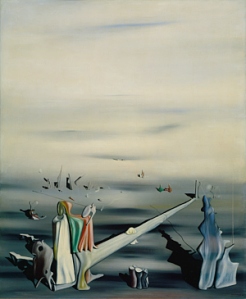14-11) How would you ensure sufficient discussion of contentious issues in a work group? How can managers bring unspoken conflicts into the open without making them worse?
I would ensure that issues that could cause problems in a work group were discussed sufficiently by creating an environment where people fell safe to discuss issues. I would make sure that people knew that bringing up issues is important to keep the group dynamic strong. I would also make sure that the group knew that the goals of the group were important and that by working together we would complete our goals. So making sure that everyone discusses all of the issues they have when they happen is important to be able to work with each other. Managers can bring unspoken conflicts out into the open with out making them worse by encouraging people to talk about any problems that have been going on. Also if the manager knows about some issues that have not been brought out in the open then they can address the type of problems without calling anyone out on it. But they have to make a connection to the companies or groups goals or morals. That way people will not take offense to what the manager is saying.
14-12) How can negotiators utilize conflict management strategies to their advantage so that differences in interests lead not to dysfunctional conflicts but rater to positive integrative solutions?
Negotiators can utilize conflit management to make the two parties feel as if they are both trying to reach the same goals. They could use the smoothing technique where ether play down their differences and emphasize the common interest between the two. That way both groups will not be focusing on what the differences of what they want are but in working together to reach their shared goals. They could also use compromise techniques which involves both parities giving something up. That way both parties are getting something that they want but not everything.
14-13) Can you think of situations in your own life in which silence has worsened a conflict between parties? What might have been done differently to ensure that open communication facilitated collaboration instead?
Yes, I can thing of situations in my life where silence has worsened a conflict. I remember when I was younger and my friends would get into disagreements and instead of talking out their problems they would just ignore the problem. Which would lead to an even bigger issue. The issue would turn even worse because they would talk bad about each other to other people. Therefore making the two even madder at each other since they were talking bad about the other. One thing that could have been done to ensure open communication to facilitate collaboration instead is if other people in the group would encourage the two to talk to each other and not feed into the gossip about the others in the group. If people would not engage and make the issue worse and instead tried to make it less of a problem it would have helped deescalate the issue between the two friends.












